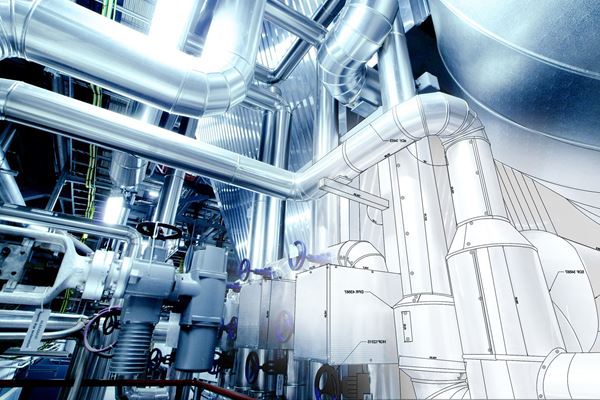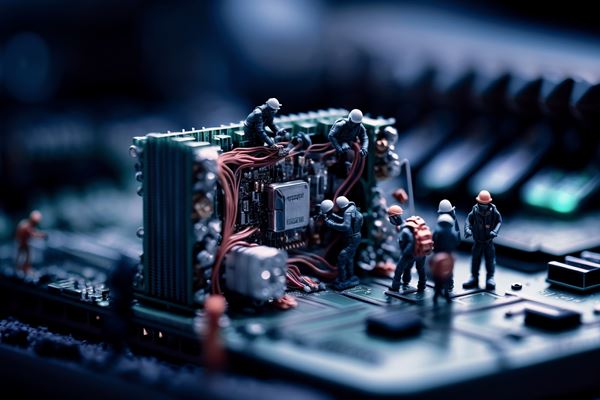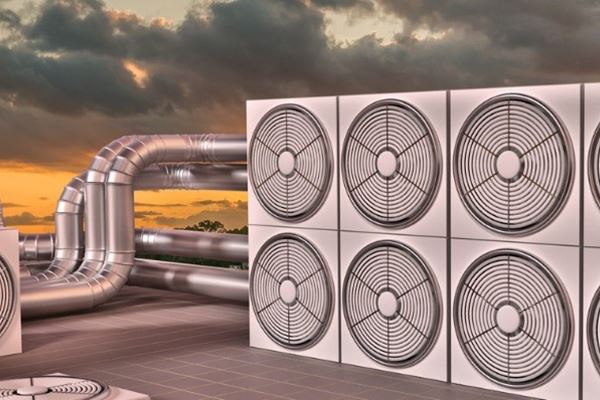Fact vs. Fiction: 5 Common Misconceptions Regarding Equipment Losses

After a catastrophic property loss to business-critical equipment, claim professionals and business owners alike focus on restoring productivity as quickly as possible. But to do this, it's important to make sure you understand all the options. There are some common misconceptions surrounding equipment replacement, reliability, damage, and repair of contaminated equipment.
- All manufacturers condemn equipment if contaminated by water or smoke.
FICTION: Replacing equipment contaminated by water or smoke can be extremely costly. Manufacturers understand that the loss of business-critical equipment can catastrophically impact operations and productivity. For decades, leading equipment manufacturers have performed and endorsed reputable, scientific technical reconditioning techniques following water or smoke incidents. Professional equipment restoration companies provide warranties, in addition to those provided by the Original Equipment Manufacturers (OEMs), that back the cleanliness of the equipment following the decontamination process.
- Electronic circuit boards become damaged if contaminated by water.
FICTION: Many electronic circuit boards are decontaminated by OEMs utilizing de-ionized water combined with cleaning agents. Following the cleaning, many circuit boards are protected with conformal coating. Professional equipment restoration specialists mirror the OEM's cleaning processes in the field when removing contaminants. Doing so ensures that the circuit boards meet their original cleanliness specification, which in most cases is far more stringent than the required cleanliness at the end user's facility.
- If electronics are not directly hit by water, they will dry as the structure is drying.
FICTION: Electronics should be dried in a controlled environment. Facility contractors typically place dehumidifiers, fans, and even heaters in the building to control the moisture and dry the structure, which has also likely been "opened up and aired out," allowing more environmental debris to enter the property. If electronics have not been opened up or treated with any type of agent to prevent further damage, all of the above can further harm the items. Affected equipment should be identified and properly stabilized to prevent the onset of damage, such as corrosion.
- Future reliability of equipment is diminished following a loss event.
FICTION: Contaminated equipment that is not professionally decontaminated, tested, repaired, and recalibrated will absolutely experience higher failure rates if powered on and placed back in production. Professionally decontaminated equipment will operate more reliably, and perhaps for the second time since its deployment in the field, meet all of the OEM's functional and cleanliness design requirements.
- Companies can provide service contracts following decontamination even if one did not exist prior to a smoke or water loss event.
FACT: There are multiple companies and service vendors, serving a wide range of industries, that will provide equipment-specific contracts following a loss event involving smoke and water. Yes, it really is true!
Risk vs. Reward
Business owners may have more options than they think. The risk versus reward, when it comes to repair or replacement, could be substantial. Visit AREPA for more information on technical equipment restoration services, or head over to Envista's equipment consulting page.
Our experts are ready to help.



